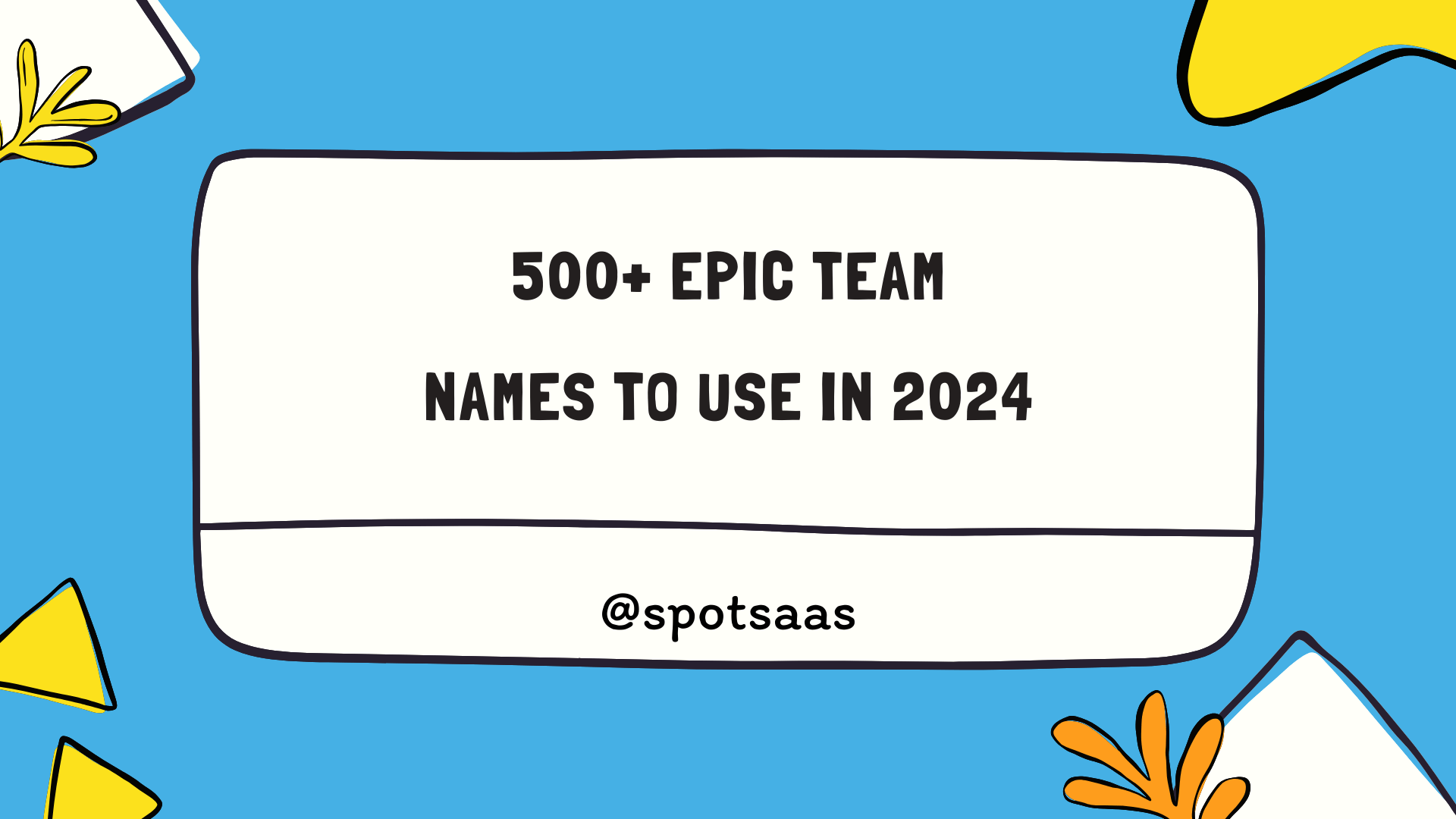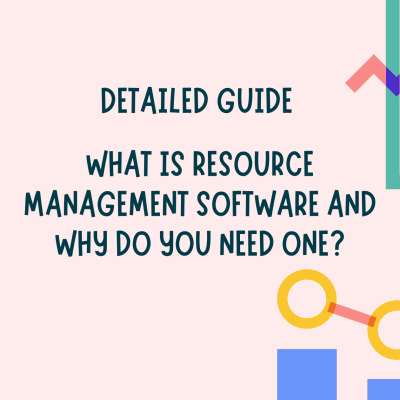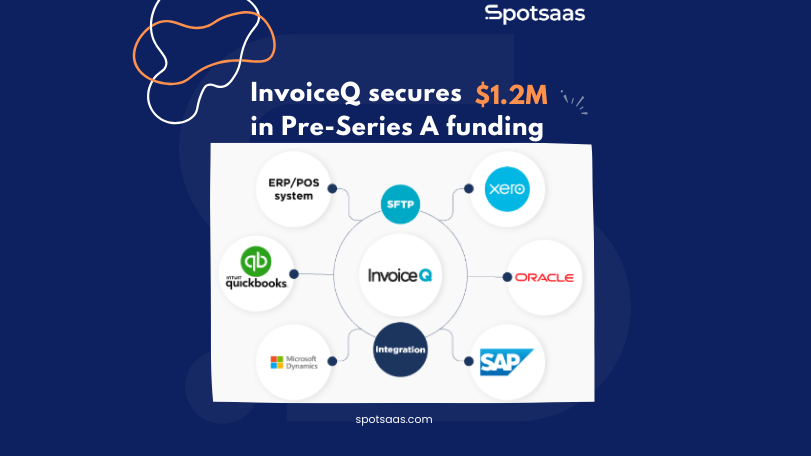How To Choose The Best Document Management Software in 2024
Are you struggling to streamline your company’s document management process? A well-executed Document Management Software (DMS) could be the game-changer, helping businesses save time and reduce clutter.
This comprehensive guide will walk you through understanding what DMS is, its benefits, factors to consider when selecting one, and a step-by-step approach to choosing the best fit for your business.
What is Document Management Software?
Document Management Software refers to a digital solution that helps businesses organize, store, manage, and collaborate on their documents. It provides essential features such as document organization, file management, digital document storage, record management, document retrieval, collaboration tools, workflow automation, version control, and content management.
This software is designed to streamline core business workflows and enable a paperless office environment while ensuring document security and efficient archiving. With cloud-based options available, businesses can access their documents from anywhere at any time while maintaining data security.
Basic features
Document Management Software comes with many basic features. Here is a list of them:
| Feature | Description |
|---|---|
| Document Storage | Enables storing of various types of files in a centralized location. |
| Search and Find | Facilitates easy searching and locating of files or file groups. |
| Sharing Files | Allows sharing of documents with others, including editing permissions. |
| Task Management | Enables setting tasks related to document handling and processing. |
| Safety and Security | Ensures protection of files from unauthorized access or damage. |
| Version Control | Allows access to and management of different versions of a file. |
| Ease of Use | Software should be user-friendly and easy to navigate. |
| Mobile Access | Provides the ability to access files remotely, including via mobile devices. |
Benefits for businesses
Businesses gain a lot from document management software. One big plus is that it keeps all files in one place. This makes finding documents easy. Firms can save time and stay organized with this tool.
Document security is also better with this software. It guards important files against loss or theft.
Another perk of document management systems is how they free up physical space. Companies no longer need to use big file cabinets for storing paper documents – everything can be digital! Also, businesses get to work faster and smarter using workflow automation tools included in the software.
Factors to Consider When Choosing a Document Management Software
When choosing a document management software, there are several important factors to consider. First, determine your business needs and what specific features you require. Consider the scalability of the software, as your organization may grow and need more advanced capabilities in the future.
Integration capabilities are also crucial, as you want a solution that can seamlessly integrate with other software systems in your technology ecosystem. Ease of use is another key factor, as it ensures that employees can easily adopt and utilize the software without extensive training.
Additionally, consider the level of customer support provided by the vendor, as well as the mobility and compatibility of the software across different devices and operating systems.
Determine your business needs
To choose the best document management software for your business, you need to start by understanding what your specific needs are. Consider things like the volume of documents you handle, your organization’s workflow, and the level of collaboration required.
Think about whether you need cloud-based storage or if an on-premises solution is more suitable. Assessing these needs will help narrow down your options and find a software that aligns with your requirements.
Don’t forget to consider factors such as scalability, integration capabilities, ease of use, customer support, and compatibility with other systems. By determining your business needs upfront, you’ll be able to make a more informed decision when selecting document management software that fits seamlessly into your technology ecosystem.
Scalability
Scalability is an important factor to consider when choosing document management software. It refers to the ability of the software to grow and adapt as your business needs change.
A scalable solution will be able to handle increasing amounts of documents and users without sacrificing performance or functionality. This is especially important if you have plans for expansion or if your business experiences seasonal fluctuations in document volume.
Keep in mind that scalability goes beyond just storage capacity; it also includes the ability to handle larger workflows, more users, and increased demands on system resources. By choosing a scalable document management software, you can ensure that your investment will continue to meet your organization’s needs well into the future.
Integration capabilities
Integration capabilities are an important factor to consider when choosing document management software. You want software that can easily integrate with your existing systems and tools.
This allows for seamless transfer of data and information between different platforms, enhancing productivity and efficiency. Look for software that offers native or third-party integrations with popular business applications such as email, CRM, project management, and collaboration tools.
Integration capabilities ensure that your document management software works well within your technology ecosystem and supports your core business workflows.
Ease of use
Choosing document management software that is easy to use is crucial for businesses of all sizes. The software should have a user-friendly interface and intuitive navigation, so employees can quickly learn how to use it without extensive training.
This saves time and resources while increasing productivity. Additionally, an easy-to-use system ensures that documents are organized efficiently, making it simple to find and retrieve files when needed.
It also promotes collaboration among team members by allowing them to share and edit documents seamlessly. Overall, opting for document management software that prioritizes ease of use will streamline workflows and improve efficiency within the organization.
Customer support
When choosing the best document management software, it’s important to consider the level of customer support provided by the vendor. Effective and responsive customer support can make a significant difference in your experience with the software.
Whether you have technical issues, need assistance with setup or training, or have questions about specific features, having reliable customer support ensures that you will receive prompt help and solutions to any problems that may arise.
Look for vendors who offer multiple channels of communication, such as phone, email, and live chat, so that you can easily reach out whenever you need assistance. Additionally, read customer reviews and ratings to get an idea of the quality of their support services.
Mobility and compatibility
Mobility and compatibility are crucial factors to consider when choosing document management software. In today’s fast-paced business environment, it is essential for employees to have access to their documents on the go.
Therefore, you should look for software that offers mobile accessibility. This will allow users to view, edit, and share documents from their smartphones or tablets.
Compatibility is also important because your document management software should seamlessly integrate with other tools and systems used in your organization. It should work well with your existing technology ecosystem without causing any disruptions.
Compatibility ensures smooth workflow and eliminates the need for manual data transfer between different platforms.
How to Choose the Right Document Management Software
To choose the right document management software, it’s important to conduct thorough market research, assess your business needs, vet your options and read customer reviews, put everything in writing, and reassess performance.
Find out more about these steps and make an informed decision for your business.
Conduct market research
To choose the best document management software, it’s essential to conduct thorough market research. Here are some key steps to follow:
| Step | Description |
|---|---|
| Understand Business Needs | Determine required features that align with your organization’s goals. |
| Assess Options | Research software providers, consider core features, industry fit, and document security. |
| Read Customer Reviews | Check user reviews and ratings on platforms like Capterra for insights. |
| Consider Scalability | Ensure the software can grow with your needs, accommodating data volume and functionalities. |
| Evaluate Integration | Determine if the software integrates seamlessly with your existing tools and systems. |
| Mobility & Compatibility | Check for remote accessibility and multi-device support if needed. |
| Customer Support | Assess vendor’s support quality, response time, training resources, and issue resolution. |
Assess your needs
Before selecting a document management software, it’s essential to assess your organization’s needs. Consider the size of your business and how many users will need access to the software.
Think about the specific features you require, such as file organization, collaboration tools, or workflow automation. Additionally, evaluate whether cloud storage or on-premises solutions are more suitable for your data security requirements.
By understanding your needs upfront, you can narrow down your options and find a solution that aligns with your business goals and objectives.
Vet your options and read customer reviews
To make sure you choose the best document management software, it’s important to vet your options and read customer reviews. Here are some tips:
| Consideration | Details |
|---|---|
| Research Software Options | Explore and compare different software options available in the market. |
| Customer Reviews | Read user reviews for both positive and negative experiences. |
| Ratings and Rankings | Consult reputable sources for software rankings and user ratings. |
| User Satisfaction | Evaluate customer satisfaction regarding features, ease of use, and support. |
| Specific Feedback | Focus on reviews mentioning features crucial to your business needs. |
| Scalability | Assess if the software can handle growing document volumes and business expansion. |
| Integration Capabilities | Check software compatibility with existing tools and systems. |
| Value for Money | Analyze user opinions on the software’s cost-effectiveness. |
| Consistent Positive Feedback | Notice repeated praises for specific features in multiple reviews. |
| Reported Issues | Be aware of common complaints or issues highlighted in reviews. |
Put everything in writing
When choosing a document management software, it is crucial to put everything in writing. This means documenting your business needs, requirements, and expectations from the software.
By doing so, you have a clear reference point for evaluating different options and can effectively communicate your needs to potential vendors. It also helps ensure that everyone involved in the decision-making process is on the same page.
Additionally, having written documentation enables you to compare features, pricing plans, and customer reviews more easily. This way, you can make an informed decision based on objective criteria rather than relying solely on memory or subjective opinions.
Reassess performance
To ensure you’re getting the most out of your document management software, it’s important to regularly reassess its performance. This involves evaluating how well the software is meeting your organization’s needs and if it’s still aligned with your business goals.
Look at factors such as user satisfaction, system downtime, and overall efficiency. Consider gathering feedback from employees on any pain points or areas for improvement. By consistently reassessing performance, you can identify any necessary adjustments or upgrades that will keep your document management software working effectively for your business.
Conclusion
In conclusion, choosing the best document management software for your business is crucial for streamlined workflows and enhanced productivity. By considering factors such as scalability, integration capabilities, ease of use, customer support, and mobility, you can make an informed decision that meets your specific needs.
Conduct market research, assess your requirements, vet your options with customer reviews, and put everything in writing to ensure a successful implementation. Invest in the right document management software today to transform your organization into a paperless office and reap the benefits of efficient document organization and collaboration.
Recommendations for businesses
To choose the best document management software for your business, here are some recommendations. First, assess your organization’s needs and determine what features are essential for your workflows.
Consider scalability and integration capabilities to ensure the software can grow with your business and work seamlessly with other tools in your technology ecosystem. Look for user-friendly software that offers good customer support and is compatible with different devices and operating systems.
It’s also important to read customer reviews to get insights into the performance of different solutions. Finally, put everything in writing, including pricing agreements and service level agreements, and regularly reassess how well the software is meeting your needs.






